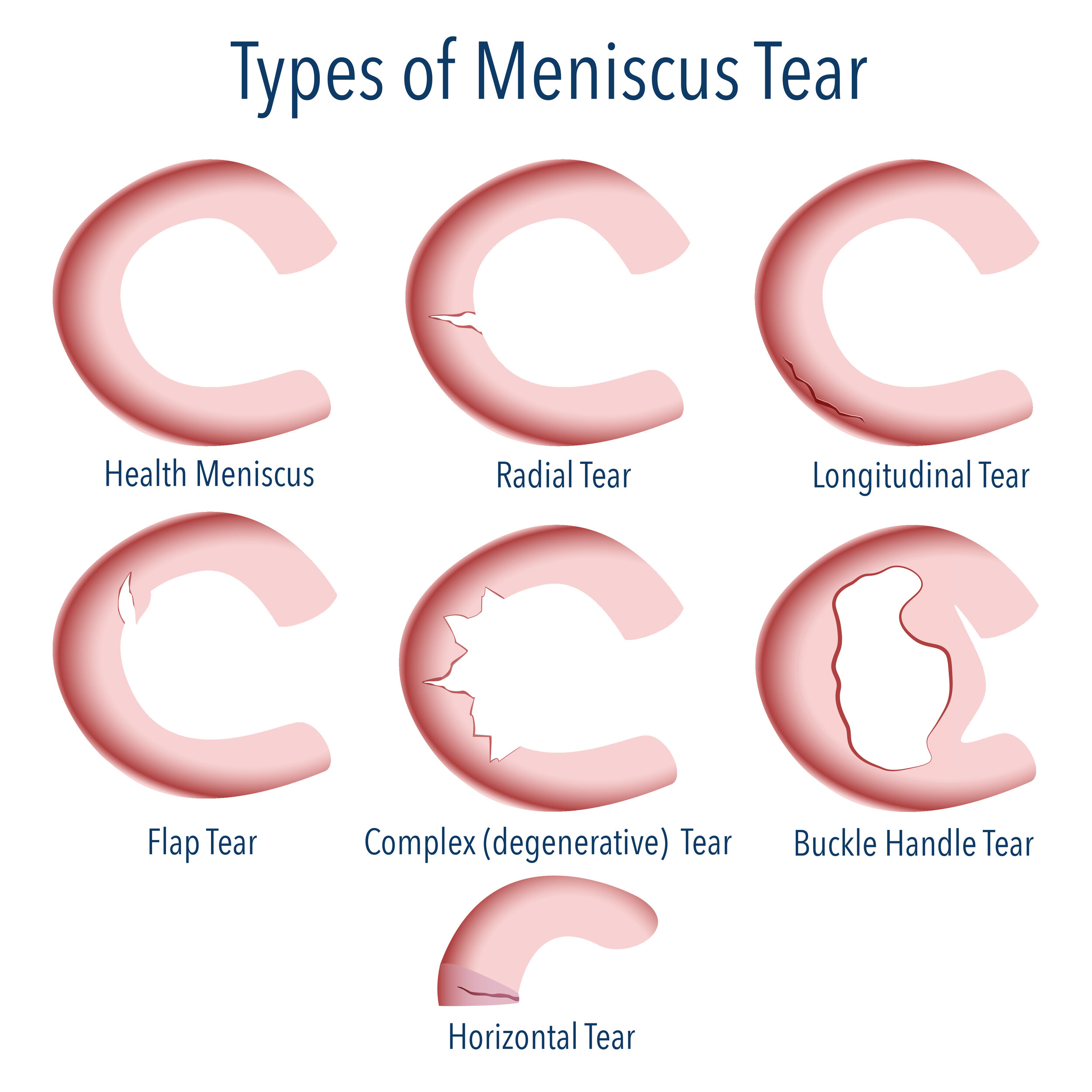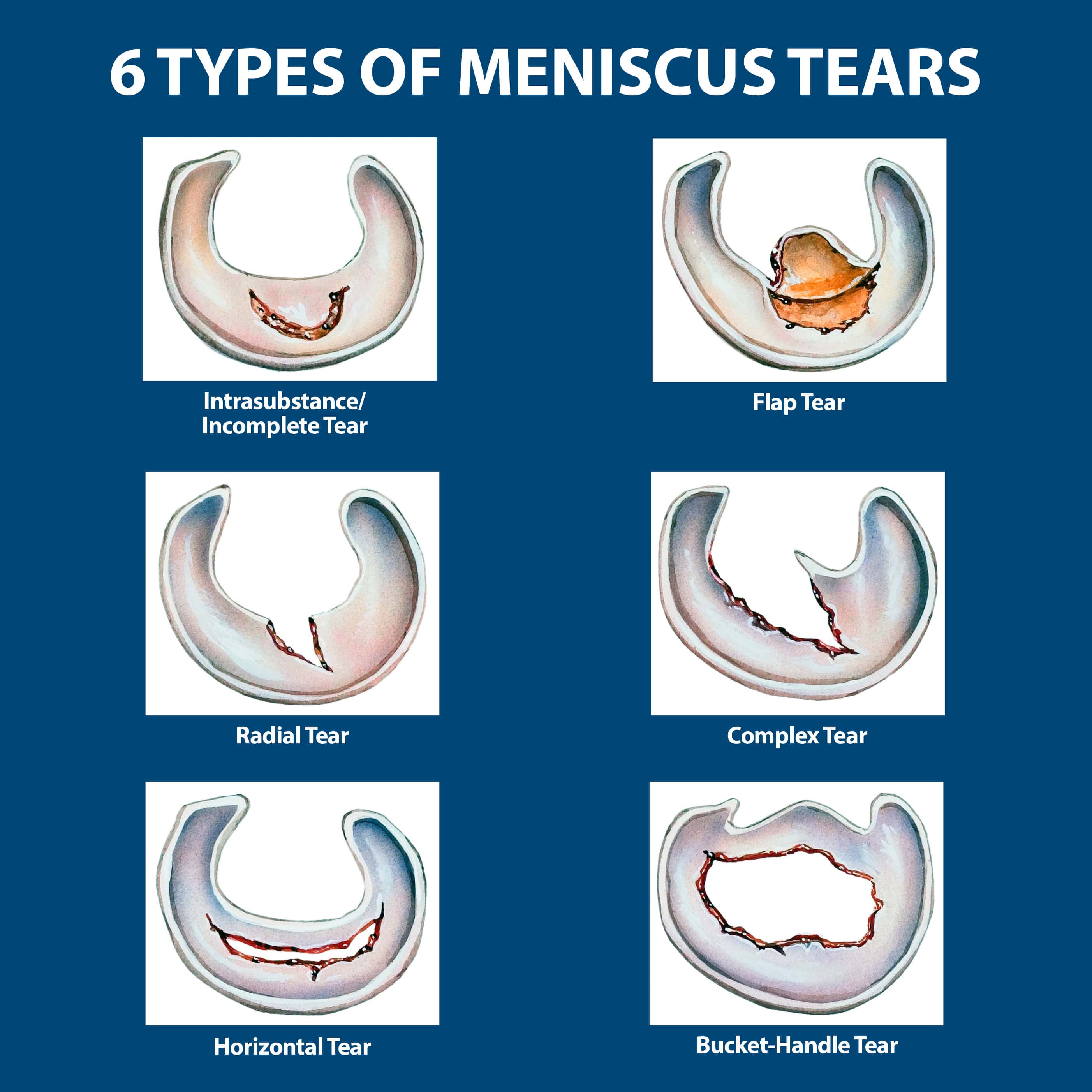Anatomy and Function of the Meniscus

The meniscus is a C-shaped piece of cartilage that acts as a shock absorber and stabilizer in the knee joint. It’s found between the femur (thighbone) and the tibia (shinbone), providing a smooth surface for the bones to move against each other.
Location and Structure
The meniscus is located within the knee joint, specifically between the femur and the tibia. It’s made up of a tough, rubbery type of cartilage called fibrocartilage, which is different from the smooth hyaline cartilage found in other joints. This fibrocartilage is strong and flexible, allowing it to withstand the forces of weight-bearing and movement. There are two menisci in each knee: the medial meniscus and the lateral meniscus.
Functions of the Meniscus
The meniscus plays a crucial role in the proper functioning of the knee joint. Its primary functions include:
* Weight Distribution: The meniscus helps to distribute the weight of the body evenly across the knee joint, reducing stress on the articular cartilage.
* Impact Absorption: It acts as a shock absorber, cushioning the impact of forces during activities like walking, running, and jumping.
* Joint Stability: The meniscus helps to stabilize the knee joint by deepening the socket for the femur and limiting excessive movement.
Types of Menisci
Medial Meniscus
The medial meniscus is located on the inner side of the knee joint. It is C-shaped, larger, and more firmly attached to the joint capsule and tibial collateral ligament. This attachment makes it more prone to injury, particularly tears.
Lateral Meniscus
The lateral meniscus is located on the outer side of the knee joint. It is more circular and less firmly attached to the joint capsule, making it less prone to injury than the medial meniscus.
Types and Causes of Meniscus Tears

The meniscus, a C-shaped piece of cartilage in your knee, acts as a shock absorber and helps distribute weight evenly. A meniscus tear occurs when this cartilage is torn, which can happen due to various reasons. Understanding the different types of meniscus tears and their causes is crucial for proper diagnosis and treatment.
Types of Meniscus Tears
Meniscus tears are classified based on their location, severity, and pattern. The most common types include:
- Longitudinal Tear: This is the most common type of meniscus tear, occurring along the length of the meniscus. These tears can be either horizontal or vertical.
- Radial Tear: This type of tear runs from the outer edge of the meniscus towards the center, resembling a spoke on a wheel.
- Flap Tear: This tear involves a portion of the meniscus being completely detached, creating a loose flap of cartilage.
- Complex Tear: This type of tear combines elements of different tear patterns, making it more challenging to treat.
Causes of Meniscus Tears
Meniscus tears can occur due to various factors, including:
- Traumatic Injuries: These are the most common cause of meniscus tears, often occurring during sports or activities that involve sudden twisting or pivoting movements, direct impact, or hyperextension of the knee. Examples include football, basketball, skiing, and running.
- Degenerative Changes: Over time, the meniscus can wear down due to normal use, leading to tears, especially in older individuals. This is often associated with osteoarthritis.
- Overuse: Repeated stress on the knee, such as in activities involving repetitive bending and straightening, can also contribute to meniscus tears. Examples include manual labor, construction work, and weightlifting.
Mechanisms of Injury for Different Types of Meniscus Tears
The mechanism of injury varies depending on the type of meniscus tear:
- Twisting Injury: This is a common cause of longitudinal tears, especially when the foot is planted and the knee is twisted in the opposite direction. This occurs frequently in sports involving sudden changes in direction.
- Hyperextension Injury: This mechanism can lead to radial tears, where the knee is extended beyond its normal range of motion. This can happen during falls or when the knee is struck from behind.
- Direct Impact Injury: A direct blow to the knee, such as from a tackle or a fall, can cause a variety of meniscus tears, including flap tears and complex tears.
Symptoms and Diagnosis of Meniscus Tears

A meniscus tear can be a real pain in the knee, literally. You might not even know you have one, or you might be walking around like you’ve got a bowling ball in your knee. Either way, it’s important to get it checked out, because if left untreated, a meniscus tear can lead to more serious problems down the road.
Symptoms of Meniscus Tears
A meniscus tear can cause a variety of symptoms, depending on the severity of the tear. Here are some of the most common symptoms:
- Pain: This is usually the most common symptom of a meniscus tear. The pain is often felt in the knee, and it can be worse when you bend, twist, or straighten your knee. You might also feel pain when you put weight on your leg.
- Swelling: Swelling in the knee is another common symptom of a meniscus tear. This swelling can be caused by fluid buildup in the knee joint.
- Clicking or popping: You might hear a clicking or popping sound in your knee when you bend or straighten it. This is caused by the torn meniscus rubbing against other parts of the knee joint.
- Locking: Sometimes, a torn meniscus can cause your knee to lock up, making it difficult or impossible to straighten your leg. This is caused by the torn meniscus getting caught in the knee joint.
- Instability: A torn meniscus can also cause instability in your knee. This means that your knee might feel like it’s going to give way, especially when you’re walking or running.
Diagnosis of Meniscus Tears
If you think you might have a meniscus tear, it’s important to see a doctor. Your doctor will ask you about your symptoms and perform a physical exam to assess your knee. They might also order imaging tests to help confirm the diagnosis.
Diagnostic Procedures for Meniscus Tears
Here’s a breakdown of the common diagnostic procedures used for meniscus tears:
| Diagnostic Method | Benefits | Limitations |
|---|---|---|
| Physical Examination |
|
|
| X-Ray |
|
|
| MRI |
|
|
| Arthroscopy |
|
|
A meniscus tear? Sounds like you’ve been doing some serious knee-bending, huh? Maybe you’re a champion pogo stick enthusiast, or maybe you just tripped over your own shoelaces (we’ve all been there!). Regardless, if you’re wondering about the torn meniscus recovery time , it depends on the severity of the tear.
But hey, at least you can still say you’ve got a “knee-riffic” story to tell!
A meniscus tear? Ouch! That’s enough to make even the toughest Viking QB wince in sympathy. Seriously, though, if you’re dealing with a meniscus tear, get it checked out. You don’t want to end up sidelined like a quarterback with a bad shoulder!
